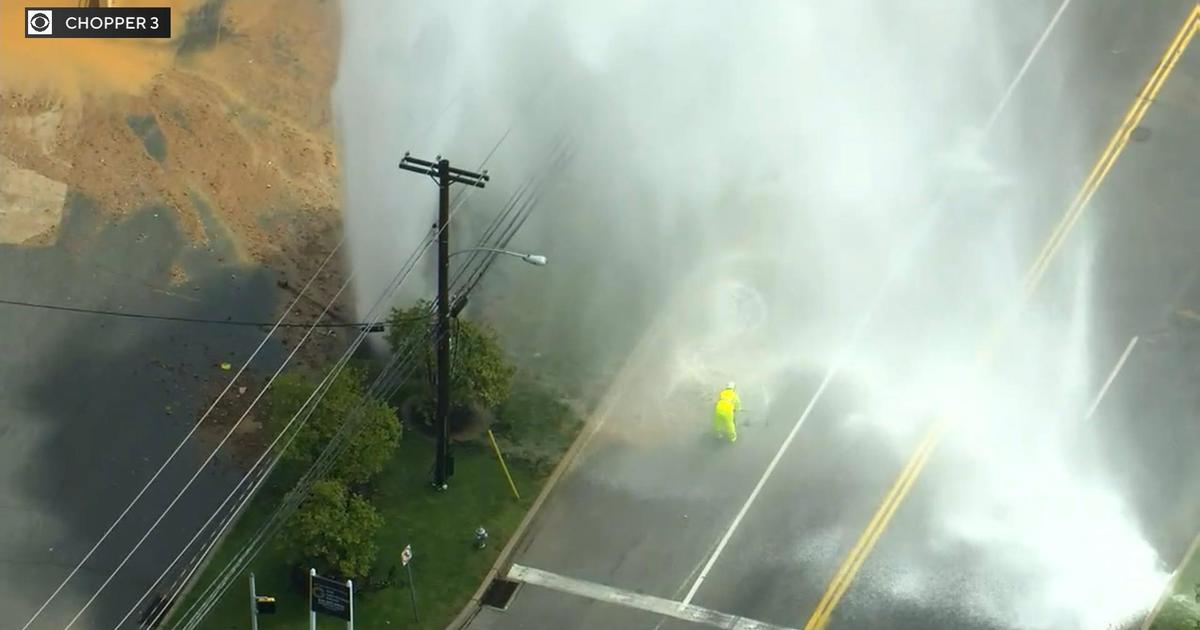Norfolk Southern train derailment near Easton: NTSB releases preliminary report
PHILADELPHIA (CBS) -- The National Transportation Safety Board released its preliminary findings on Tuesday after three Norfolk Southern (NS) trains crashed and derailed near Easton, Pennsylvania, earlier this month.
The March 2 crash and derailment left seven crewmembers injured, and NS estimates the damages to the equipment and track to be about $2.5 million. The seven crewmembers had minor injuries and were treated and released from the hospital, the NTSB said.
At about 7:11 a.m. on March 2, the NTSB said NS intermodal train 268H429 collided with a stopped NS intermodal train 24XH101 on the same track, which derailed three railcars. The railcars were then struck by a westbound NS mixed freight train 19GH501 minutes later on the Allentown Road Subdivision, according to the NTSB.
The second collision involving the westbound NS mixed freight train 19GH501 derailed six railcars and two locomotives, according to the NTSB.
Three of those derailed railcars were marked as "hazardous materials tank cars" — one contained ethanol residue and two had butane residue, according to the NTSB. The NTSB said the tank cars "did not breach or release hazardous materials." Two of the derailed locomotives submerged into the Lehigh River and discharged locomotive diesel fuel into the water, according to the NTSB. Crews who responded to the scene contained diesel fuel that spilled from the locomotive with "booms," or barriers, and vacuumed it out of the river.
The maximum authorized speed in the area for the trains is 40 mph, according to the NTSB. The train movements in the area are authorized by signal indications with "an overlaid positive train control system" and coordinated by an NS dispatcher center in Atlanta.
Before the collisions, train 24XH101 stopped on a track because of train traffic, the NTSB said.
Train 268H429 moved through a signal that required it to operate at a restricted speed, according to the NTSB. It was traveling at about 13 mph at the time of the first collision, the NTSB said. Train 19GH501 wasn't required to operate at a restricted speed, the NTSB, and traveled at 22 mph at the time of the second collision.
At the scene, the NTSB said investigators completed interviews, inspected locomotives, railcars and more.
The NTSB investigation is ongoing. The agency expects to release a probable cause and final report in one to two years.



